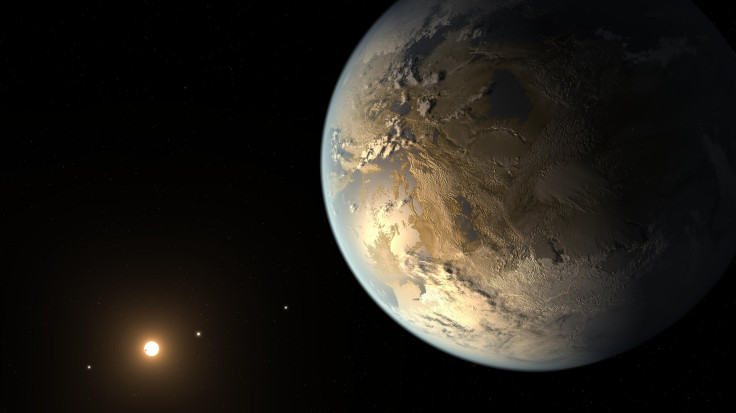Kepler Telescope Data Uncovers New Potentially Habitable Planets

The ever-growing list of possibly habitable planets just got a little bit bigger. Data from the Kepler space telescope show that there might be as many as 20 more possible habitable planets out there that scientists had previously missed.
The findings made thanks to more than 20 researchers who worked on the data from Kepler resulted in 219 were newly added to the catalogue with two of those as new candidates in multi-planet systems and ten that are high-reliability, terrestrial-sized planets in the habitable zone of their sun, according to the paper published earlier this month.
To add to the catalogue of Kepler Objects of Interest the researchers used a tool called the Robovetter that could vet the planets to decide whether or not an object that went through a Threshold Crossing Event is considered a planet or not. This is the first time a Kepler exoplanet catalogue has been characterized this way or has sorted planets this way using the parameters the Robovetter used. What sets the Robovetter apart is that it uses the inverted and scrambled light curves to help identify possibly habitable planets.
To ensure that the Robovetter was working accurately the team ran a simulated data set and measured how well the Robovetter separated the TCEs caused by noise and which were caused by low signal-to-noise transits. The success of the Robovetter made the researchers confident that it would be able to accurately calculate the frequency of planets out to Kepler’s detection limit, according to the study.
The Robovetter could be used in the future to automatically sort planets found in missions like Kepler into those that could possibly host life and those that can not. The Kepler mission originally set out to measure the frequency of Earth-size planets by gazing at the same spot of the sky for the entirety of its mission. While doing that it measured the brightness of the stars in its view. This allowed it to observe the transitioning planets by monitoring when its brightness dimmed and brightened.
When the craft lost the function of the second of its four wheels in 2013 the four year mission the craft was on ended. It then embarked on K2 months after the original failure in 2013. Researchers on the ground came up with a way to use Kepler from 2014 until 2017 or 2018 by setting the craft out on a series of observing “campaigns” as it travels through space and its targets are determined by the community through the Guest Observer program, according to NASA. It was from these planets that Kepler and K2 identified that the possibly habitable planets were identified using the Robovetter vetting practices.
© Copyright IBTimes 2024. All rights reserved.





















